Where are we going with the current environmental situation, what is being done to reduce the damage, is there enough support from the different powers of the world? These are questions that many people can ask themselves, including whether or not they are part of the problem or the solution.
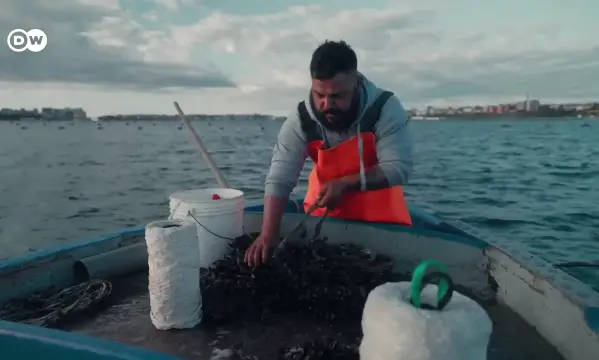
The other situation is, whether the actions that are being carried out by various alternatives are the right ones, or in which they should be improved so that the result is more effective, for example, in the fight against plastic in the oceans.
Some time ago, it became known through the United Nations (UN) that every minute the equivalent of about 2 truckloads of plastic is thrown into the waters of the planet.
Juan Guillermo Sagot, chemical laboratorian of the UCR and for the last 10 years in charge of the chemical oceanography laboratory of the Center for Research in Marine Sciences and Limnology of the UCR, pointed out, “It is estimated that about 13,000,000 tons of plastic are dumped in the oceans every year”.
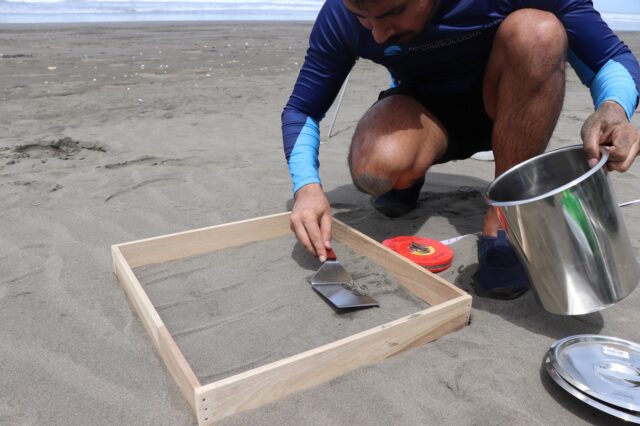
Every day in Costa Rica, approximately 4. According to estimates from the United Nations Development Program (UNDP), “there are approximately 565 tons of plastic waste, which is equivalent to approximately 15 collection trucks and of these, approximately 79 tons represent 14% of the plastic waste that ends up in landfills, sewers, landfills or streets, on the other hand, the whereabouts of the remaining 86% of plastic waste produced in the country is unknown” said Sagot.
It was learned from the UNDP that the plastics industry is the third largest in the world.
Sagot emphasized that Costa Rica is the main importer of plastic in all of Central America, “each year around 600,000 thousand tons of plastic are consumed in the country for the manufacture of products and about 40% of imported and produced plastic products are single-use, which coincides with the figures worldwide, of the 564 tons of plastic waste generated daily, less than 10% is treated or recycled, equivalent to about 51 tons”.
In Costa Rica, different types of plastics, or mixtures of these, can be found, but according to the studies that Juan Guillermo has been part of within the country, “the one we have taken so far and the results we have obtained show that the highest percentages of plastic types in beach sands are: polyethylene, polypropylene, polystyrene (the last one which is known as stereophon); from the samples of coastal waters that we have also carried out, specifically in the Gulf of Nicoya, the majority of what we found in the highest percentage are synthetic fibers, generally coming from clothing or washing”.
A global agreement
At the fourth United Nations Environment Assembly, a global agreement was reached in which more than 200 countries committed to reducing the use of plastics and decided that it would be in force until 2030.
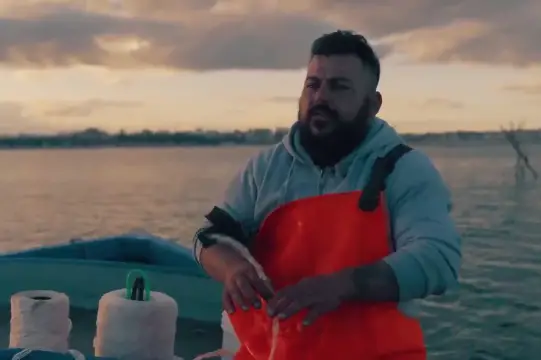
The global agreement arose because the UN estimated that, if immediate action was not taken to protect the environment, “in 2050 there will be more plastic in the oceans than fish”.
It is worth noting that in 1950, with a population of 2.5 billion inhabitants, the world produced 1.5 million tons of plastic.
Costa Rica and its Plastic Reduction Efforts
Scientists from the Centro de Investigación Ciencias del Mar y Limnología (CIMAR-UCR), have identified more than 15 thousand microplastics with sizes between 1 to 5 millimeters in the form of pellets, microbeads, plastic fragments, and stereophon.
From 2018 until 2020, Costa Rica along with 14 countries in Latin America and the Caribbean have studied the presence of these materials using the same method that allows obtaining standardized data.
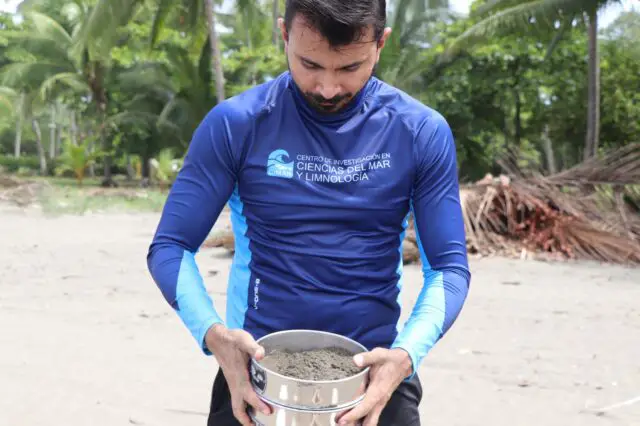
In our conversation with Juan Guillermo Sagot, he shared very valuable information about what is being done in Costa Rica to reduce plastic in the oceans.
First, he mentioned awareness at both micro and macro levels of the population, “to be aware of the use that is being given to plastic and especially the bad techniques on collection or reuse, from there derive the programs, presentations because it is no longer just a national problem, but a global one”.
Sagot also made special mention of the Circular Economy, as a way to change how business is carried out in the country, to think from the beginning, the products that are going to be put on the market -from the raw materials that are used, to the last disposal of the same-, “it is a reconceptualization of everything that is being experienced at the country level, at the level of the economy, products, The improvement of recycling policies, since we often fall short of the percentage of what is recycled, either because of the deficiency of machinery, or because there is no adequate infrastructure. I think that the government, health, education, and environmental authorities should get more involved to improve these techniques and that people get more involved and see it as a normal, day-to-day process, to obtain very positive results and progress,” he added.
About international initiatives, the collection of macroplastic, -the large plastic or plastic that can be seen with the naked eye-, for this they use large boats, with specialized nets to the garbage capture system where most of what is collected is plastic.
It has been implemented In recent years, the containment of waste through specialized mechanisms, a type of fence that is placed in rivers and river mouths, to avoid dragging all the plastic garbage going the sea, and the alternative is being carried out in Costa Rica and of course in other countries.
We cannot forget to mention the beach and river cleanups, all organized by Non-Governmental Organizations.
In Costa Rica various regulations and planning tools have been implemented in these years, to guide the process of integrated waste management, many of which are directly related to the problem of marine litter, among the most important initiatives to bring together the generation of waste is the approval and implementation of the national strategy for the replacement of single-use plastic by renewable and compostable alternatives, which had a validity from 2017 to 2021, was coordinated by the Ministry of Environment and Energy (INAE) and the Ministry of Health and implemented by the UNDP of the United Nations, said strategy has promoted awareness in trade and food companies on the use of sustainable materials, as well as conducting studies on the supply of natural fibers in the country and the analysis of its economic, social and environmental impact.
In addition, incentives have been implemented, draft laws for the elimination and commercialization of single-use plastic products or those made with stereophon and those containing microplastics, if the acquisition of these products by public institutions has been banned.
Sagot emphasized the most recent initiative, which has been proposed at the national level, which is the development and implementation of the National Marine Waste Plan 2021-2030, this was to promote the sustainability of the coasts and seas of Costa Rica through integrated management of marine waste where a balanced development is ensured led by the Government and with the interceptor participation of various parts of the country, such as private companies, academia, among others.
Its collaboration, ideas, and work within projects or linked with large organizations.
Its full incorporation in the fight against plastic in the oceans, was through the framework of the RLA7022 project belonging to the International Atomic Energy Agency, which began in 2017, the first action to investigate the presence of microplastics on the beaches of the Caribbean in the member countries that were part of the project.
He recalled one of the actions of 2018, the realization of a regional training course on microplastic analysis in coastal ecosystems, using the mid-infrared technique, “I participated on behalf of Costa Rica and the Center for Marine Sciences and Limnology Research (CIMAR), The courses were carried out thanks to the financial support of the International Atomic Energy Agency and the Vice-Rectory of Research of the University of Costa Rica, which has promoted the advancement of research on microplastics and microparticles on Costa Rican beaches, this being a pioneering study.
After its participation with the Atomic Energy Agency, it became part of the REMARCO Network, which is the Network for Research on Coastal Marine Stressors in Latin America and the Caribbean, a network of cooperation in science and communication that connects 18 countries in Latin America and the Caribbean.
REMARCO’s collaborative principle is to contribute to the well-being and sustainability of the region’s coastal marine environments through research, scientific development, and the implementation of recognized and validated methodologies, in addition to communicating its results in a clear, concise, and direct manner to provide this information to the competent authorities of the respective member countries and to enable timely decision making.
CIMAR of Costa Rica is part of the REMARCO Network.
In parallel to the project with the International Atomic Energy Agency, two other projects were carried out at the national level: The first, which ran from 2020 to 2022, was called Microplastics in Aquatic Environments and Organisms for Human Consumption and Their Impact on Costa Rican Public Health, a project derived from the Special Fund for Higher Education and with the participation of the UCR, the National University and the Technological University of Costa Rica; The second project, which is valid from 2021 to 2024, “which as far as we understand, will be extended for a further period to continue sampling and studies, this was called Studies and Acidification, Nutrients and Massive Algal Blooms in coastal waters and microplastic on beaches of Costa Rica of the United Nations Agenda 2030, aims to study and quantify the presence of microplastic in beach sands and water of the Caribbean and Pacific of Costa Rica to know their condition and density”.
To date they have sampled 25 beaches on both the Pacific Coast and the Caribbean, the objective of the current project of which Sagot is a member, is to generate a map or atlas of microplastic pollution in the beach sands of the country, they have also sampled coastal waters in the Gulf of Nicoya, “we have selected five points to know the state of the waters in this area and to date, we have 6 samplings in different months and times of the year to analyze the variability and the results are under construction,” he explained.
The MarViva project
MarViva is a Foundation created in 2022 and has been dedicated to working with environmental protection, especially of our oceans.
However, in 2018 it began the implementation of the project Strengthening Coastal Cities and Local Governments in Costa Rica and Panama to fight marine litter by rejecting single-use plastics and improving waste management systems, sponsored by the Office of Oceans and International Scientific and Environmental Affairs of the U.S. Department of State (OES), with an implementation strategy that proposed the development of a portfolio of actions in six selected coastal municipalities: Garabito, Nicoya and Santa Cruz in Costa Rica, and Las Palmas, Panama and Soná, in Panama.
For the MarViva Foundation, the problem of marine and coastal waste is a crucial challenge that must be addressed with an approach based on the reduction of solid waste generated, especially single-use plastics, promoting responsible management of their life cycle to prevent them from reaching our marine and coastal ecosystems.
Thus, the project included the exchange of experiences with both local governments and commercial establishments to promote progress in the reduction of single-use plastics by identifying ideas and solutions to common challenges in this area.
Marine biologist Randall Arauz gave his opinion on the subject.
We could not fail to consult the renowned marine biologist of Costa Rica, Randall Arauz, on the issue of plastic in the oceans, in his opinion it is a complicated issue “Many NGOs, including ours in Guanacaste, we work in beach cleanups and solid waste management in coastal communities. In our case we work with the Development Association of Colonia del Valle and Coyote, in a solid waste management program, this, of course, is a palliative. For me, the greatest help is to create awareness among the people so that they react. I ask you, what will we be doing in 5 or 10 years, collecting more garbage that companies sell us irresponsibly? Not all the responsibility lies with the consumer, we must also stop selling garbage,” he said.
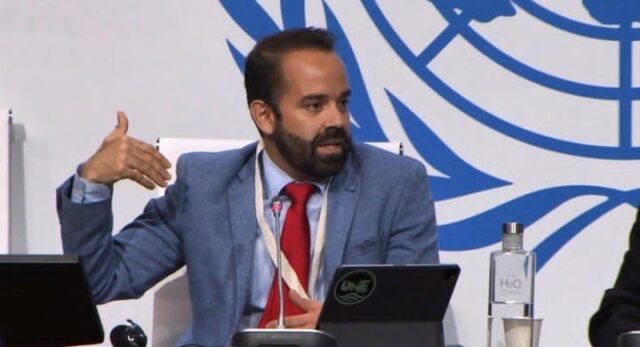
Eduardo Leiton of the OneSea Foundation
Eduardo Leiton, a member of the OneSea Foundation, informed that there are several bills in the Legislative Assembly, “we have a bill about cigarette butts that the tobacco companies are totally against; there is another one about single-use plastic; about ghost fishing gear, plastic bottles and microplastic, those are the ones we have in the Legislative current”.
Alternatives in the world to reduce plastic
In Taranto, Italy, mollusk farming has been maintained for half a century, but plastic has turned the Picolo Sea into a landfill. Every year they end up in the ocean wandering nets totaling an area of 78,000 km², which is the size of the Czech Republic, according to the University of Tasmania, 2022.
Mussels grow in stocking-shaped polypropylene nets, salt water, sun, and wear and tear eventually break down the plastic – a process that takes up to 450 years – during which time toxic particles are released, so Tutto Marajoni, together with marine biologist, Chiara Giommi, are investigating the use of bioplastic and its consequences for the environment.
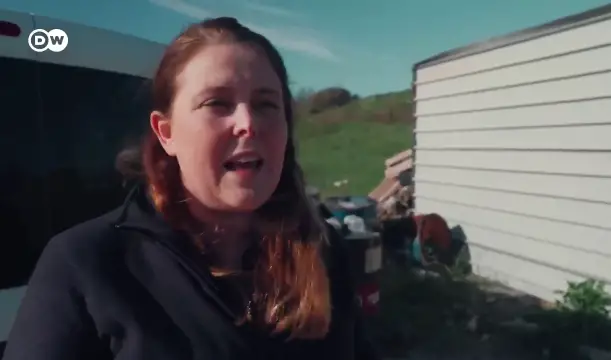
They are in a scientific experiment that started in 2021, now fishing with nets made of MATER-BI (corn-based biodegradable plastics) and also compostable, which is more respectful for the water.
In Europe and Asia, nets made of new materials are being tested because, after all, marine animals often end up on our plates. Today, research is continuing into how stable bioplastic nets are in the long term.
The largest amount of plastics reach the sea through the rivers, also in Germany, it is amazing what floats in the river in just 15 days. Nicolas Schweigert did not want to stand idly by and watch the avalanche of plastic, so he founded the association K.R.A.K.E., which means octopus in English. It consists of a basket held between two floating bodies that are open against the current and thus catch the garbage, with the help of an engineering company they created the floating garbage foundation collector.
They had to fight for two years with the authorities to be allowed to anchor the first garbage collector in a German river.
In case you didn’t know…
Finally, we want to share with you some meanings of terms mentioned in this text, one of them being microbeads, small pieces of plastic used, among other things, in exfoliating products and toothpaste. They are described in the ingredients as polyethylene or polypropylene.
Given the amount of plastic present in the oceans today, much marine life ingests it directly or through feeding on smaller marine creatures.
Microplastics are generated in two ways: Either they are manufactured, not only as microbeads, but also as microfibers that come off our clothes in the wash, or they are created when waves and sunlight break up larger pieces of plastic.
The chemical laboratorian of the UCR, Juan Guillermo Sagot, shared a message for people who wish to collaborate or be involved in the fight against plastic in the oceans. “In the country of Pura Vida I think we should be Pura Vida with the environment and start to be aware of this reality that we are suffering at the national level, but that should also be handled at the international level; Sometimes we think that we must do great things to be able to contribute significantly to this problem and what stood out here is that from small actions great changes are built, we can start practically from our homes, from the small, so that it multiplies at a regional level, at a cantonal level and that more and more people get involved, get to know about the issue, here we are all learners of all: We can learn from everyone and we can teach everyone, we can also inspire a lot”.
Plastic is an element that is part of our daily life, we use it for many of our actions, the fact here is to know how to treat it, what adequate final disposal we are going to give it, what second use we are going to give it to avoid that it enters the environment and causes problems, it is an invitation to all of us to rethink our ways of daily practices to make our recycling and garbage composition.
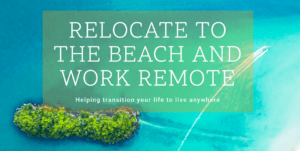
For those who have experienced shifts in consciousness and know that more peace, joy, and love awaits in a better living environment. A bold shared vision. A living community and hub for innovation. A sustainable ecosystem for living and working. A model for the new future.
